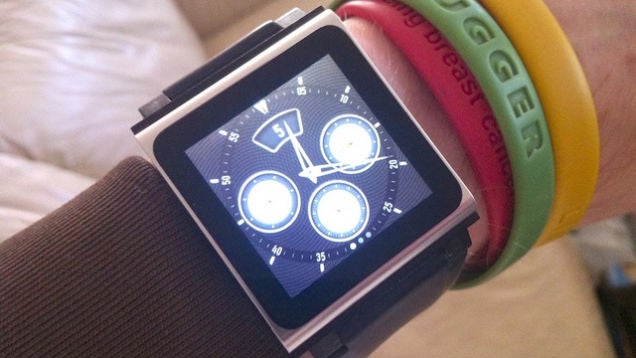
WALPOLE, MA- A heartwarming story out of Massachusetts.
As a nine-year-old girl turns in an envelope she found on the street stuffed with nearly $3,000.
The money then making its way back to the owner, 91-year-old woman who had accidentally lost it.
The girl found the envelope in the parking lot next to a Walpole Park where she was attending summer camp on Monday.
FOX 29 News Philadelphia | WTXF-TV
Something drew her attention to the bin where she came across the loot.
"She knew it wasn't hers so she went and told the director and she in turn told me," said Officer John Thayer of Walpole Police.
Officer Thayer in turn did some dumpster-diving himself to help find the money's owner.
"It was in between a couple of magazines and newspapers that had this person's name on it," Thayer explained.
Officer Thayer was able to track the cash to a 91-one-year-old woman in Belmont.
That's a good 40 miles from where the money turned up in Walpole.
Brought there accidentally by a friend of the woman who lives there.
"She did not even know it was gone it happened to be tossed out with the recycling they were cleaning out some items in her house and it must have got mixed up in the box," said Thayer.
And after meeting the girl's parents, it clear her compassion is spawned by their humility.
Fortunately for everyone involved, they got to see the fruits of their parenting.







